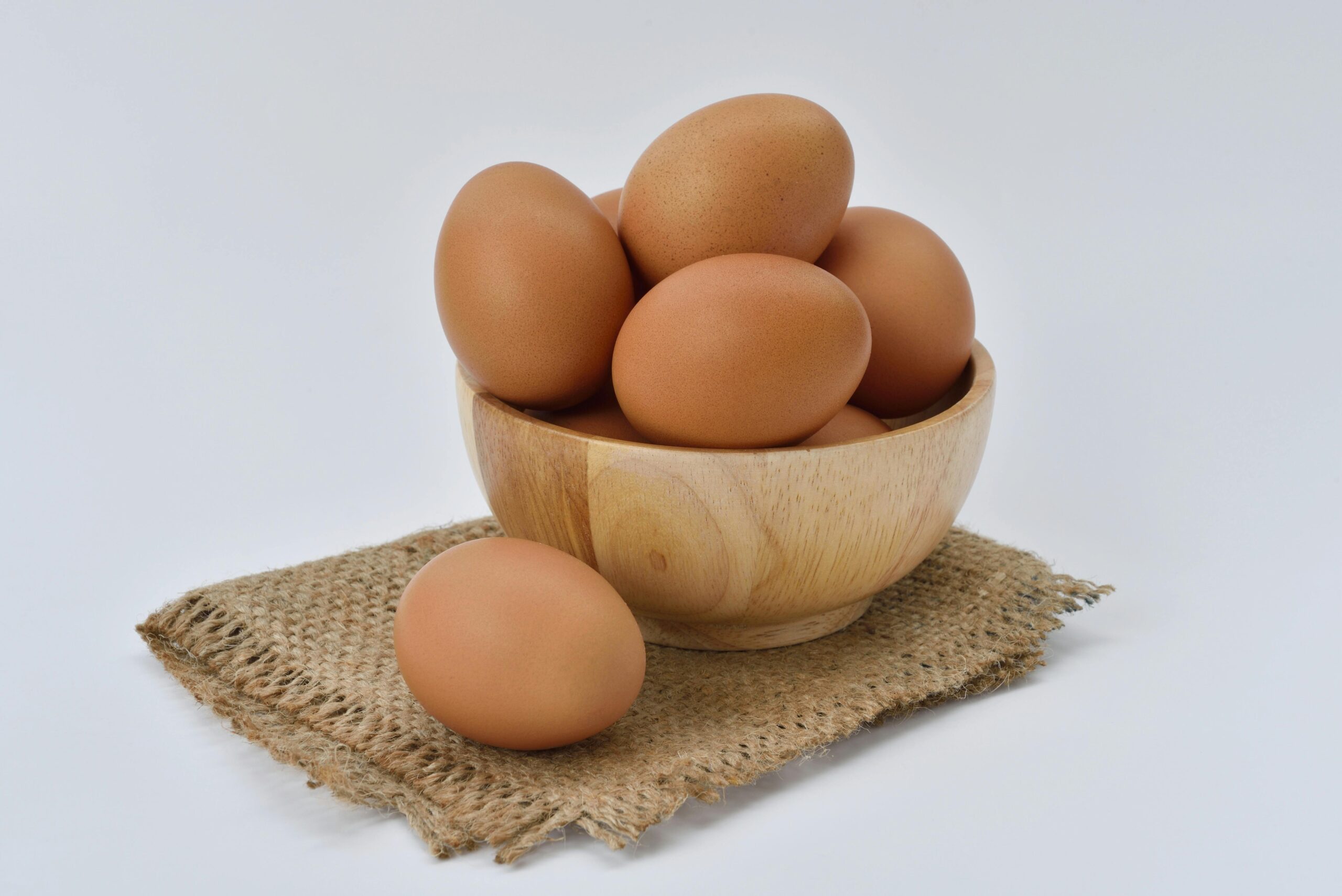- FOOD
Christmas Dinner Foods That Feel Like Home


Ensuring the freshness of eggs is crucial for both safety and culinary quality. With simple tests and careful observation, you can easily determine if your eggs are still good to use. This guide outlines practical methods for checking egg freshness, storage tips, and safety precautions to help you make informed decisions in the kitchen.
When assessing the freshness of eggs, consider the following methods:
Using fresh eggs not only enhances the flavor and texture of your dishes but also reduces the risk of foodborne illnesses. Older eggs can harbor bacteria, which can lead to serious health issues. Understanding how to check if eggs are bad can save you from potential health risks and culinary disappointments.
The float test is one of the simplest ways to assess egg freshness. Follow these steps for accurate results:
For this test, hold the egg close to your ear and shake it gently. If you hear sloshing sounds, the egg is likely bad. Fresh eggs do not make noise because their contents are more solid.
Candling involves holding the egg up to a bright light source to inspect its contents. This method allows you to see:
Before cracking an egg, inspect its shell for any cracks or slimy residue. A clean, unbroken shell is a good indicator of freshness. If the shell appears dull or chalky, it may be older.
After cracking an egg open, give it a sniff. A bad egg will emit a foul odor, which is a clear sign that it should be discarded.
Egg cartons typically display either an expiration date or a “best by” date. Here’s what each means:
Proper storage is essential for maintaining egg freshness. Follow these tips:
If you discover that your eggs are older but still safe to eat, consider these practical ideas:
By following these guidelines, you can confidently assess the freshness of your eggs, ensuring safety and quality in your cooking. Regular checks and proper storage will help you enjoy the full benefits of this versatile ingredient.